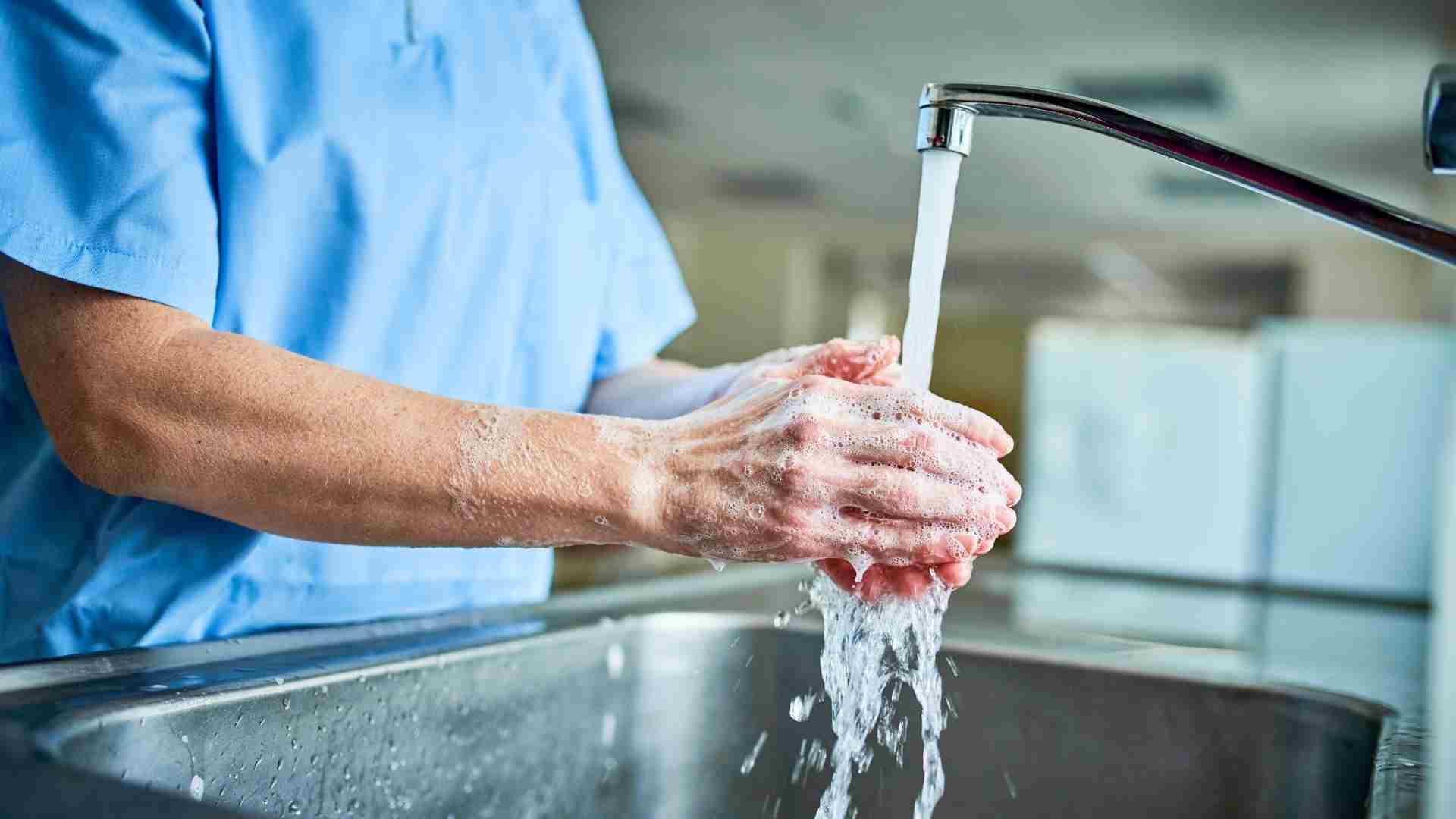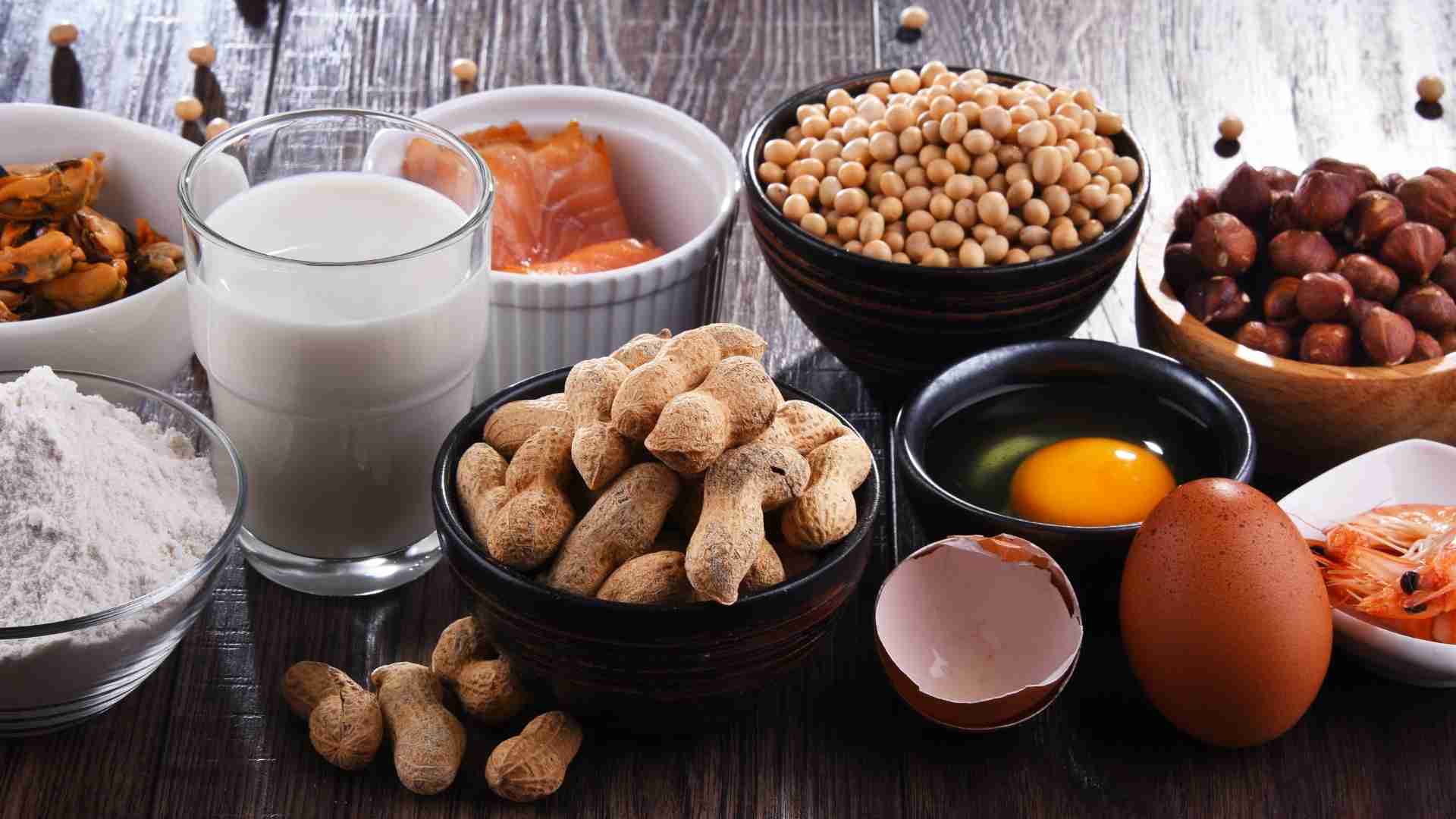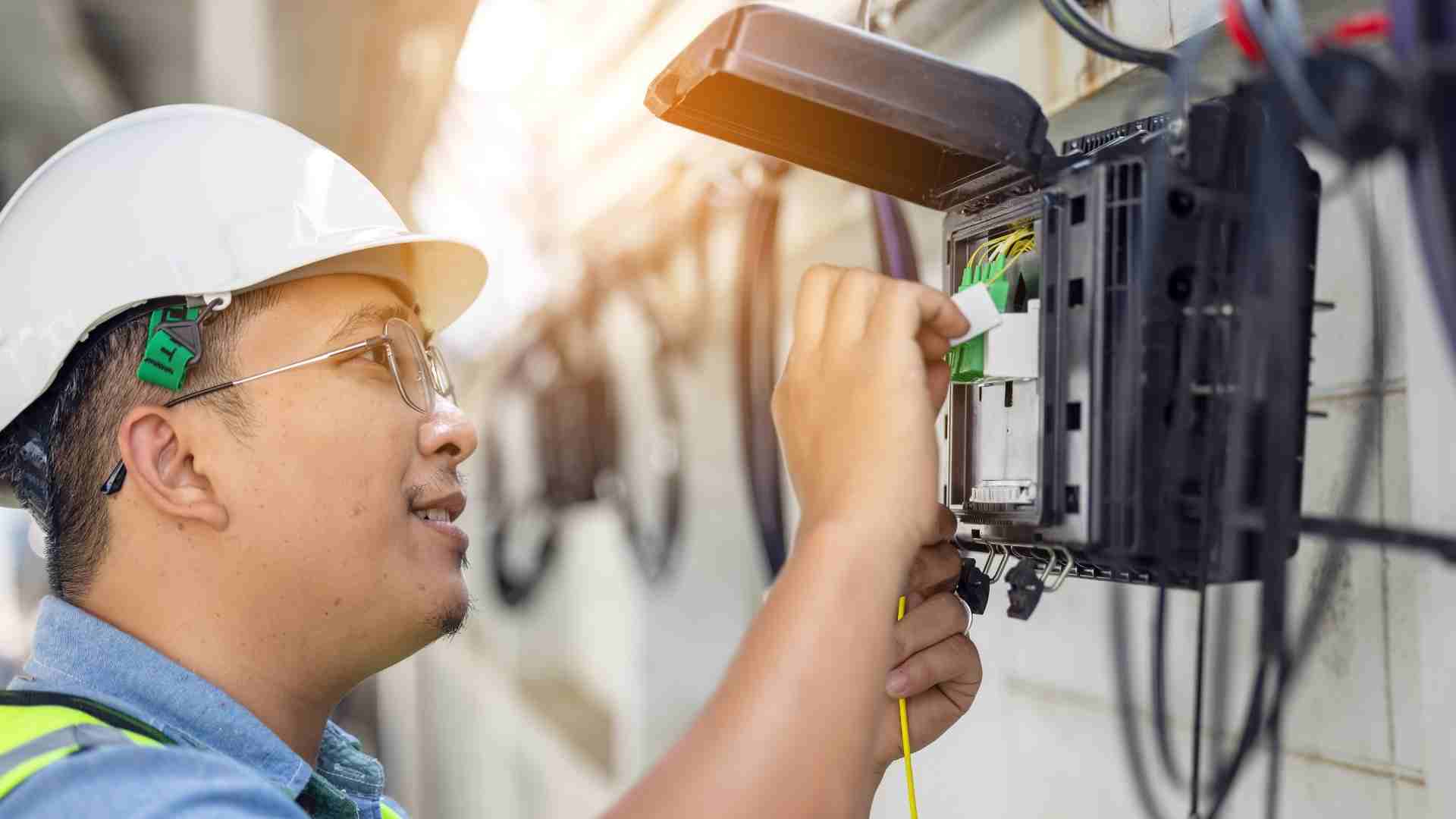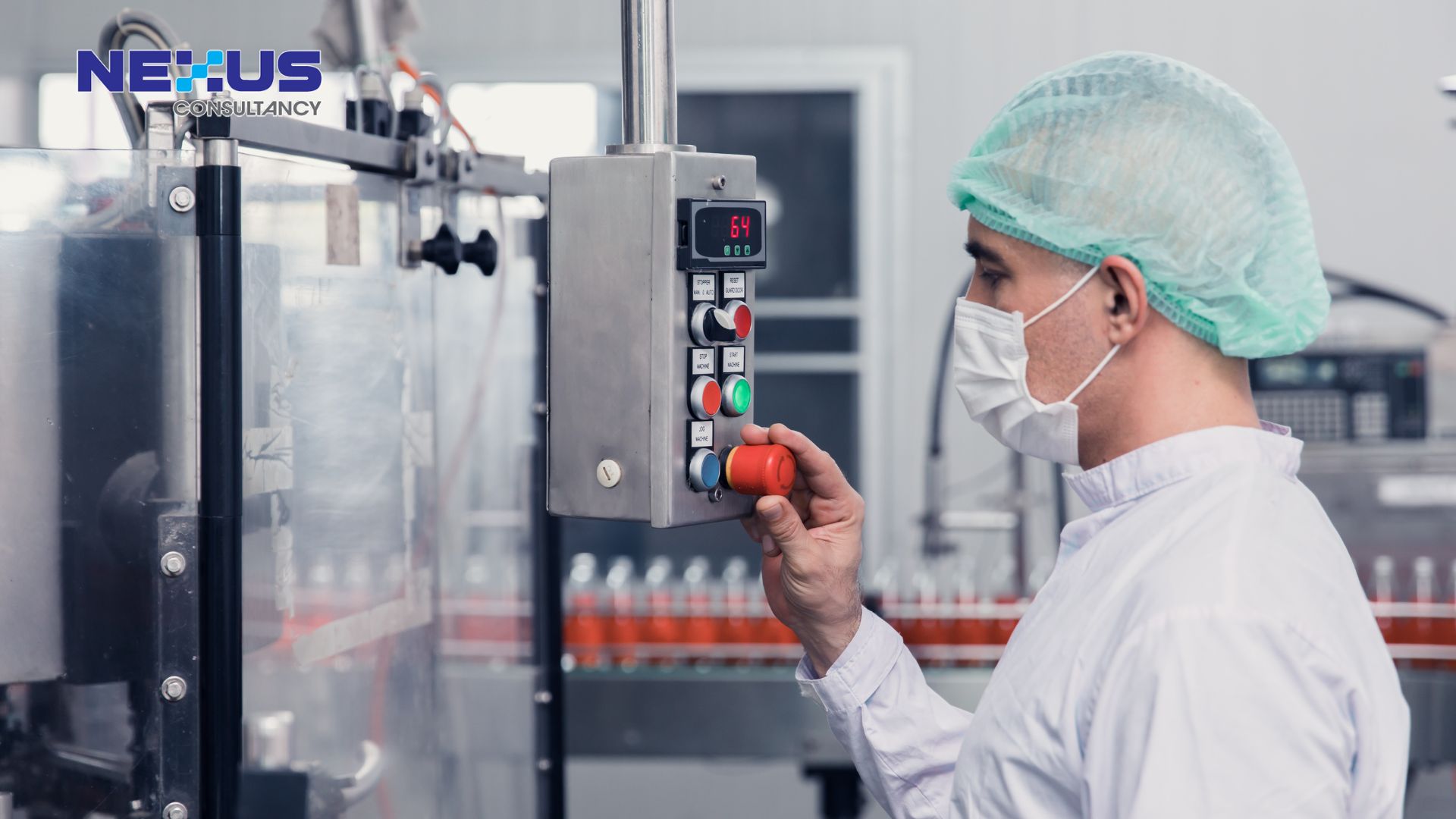
Cynthia Wong
Management Consultant
Food manufacturers must fulfill regulatory requirements related to hygiene and good manufacturing practices to successfully market their products as safe. As the MS 1514:2022 Good Manufacturing Practice (GMP) has been released, let’s take a look at what are the key changes.

The Good Manufacturing Practice (GMP) standard is the foundation for Food Safety Management Systems, allowing food manufacturers to reap the benefits of independent assurance that manufacturing practices are up to par.
Now, the MS 1514:2022 Good Manufacturing Practice (GMP) has been released. This Malaysian Standard outlines the necessary hygiene and food safety conditions to be implemented in food manufacturing in order to produce safe and suitable food for consumption.
Let’s talk about some of the key changes in this most recent version.

1. Design and Plant Layout
Many considerations have to be taken into account when designing a food manufacturing plant. Food factories have to comply with GMP and other food safety standards. In this latest version of GMP, certain areas have to be indicated in the plant layout:
- Routing of raw materials, intermediate products, finished products, personnel and air flow.
- Areas where raw materials, additives, lubricants, cooling agents, non-food chemicals, packaging, pallets, and containers may come into contact with in-process and finished products.
- Other facilities and personnel use areas, such as sanitary facilities, quarantine areas for non-confirming products etc.
The new MS 1514:2022 specifies additional requirements for laboratory facilities. Laboratory facilities shall be located and operated in a way that product contamination is minimized. Microbiology laboratory must be located away from the production area and operated in an enclosed area.

2. Hand-Washing Facilities
Proper handwashing comes from a combination of an engaged and empowered food safety culture, robust training programs, and the proper set-up. Let’s look at the proper set-up of hand-washing facilities. A hands-free washing sink must be located in the changing room, which requires production workers to wash and sanitize their hands before entering production areas. Also, there shall be separate sinks for washing hands, food, utensil and equipment.

3. Allergenic Cross-Contact
Allergenic cross-contact is one of the new requirements added in the new MS1514:2022. An allergen management system must be in place beginning with the receipt of materials that are or contain known allergens and continuing through the processing and storage of food products. How to achieve a good allergen management practice? Here you can refer to our previous newsletter “How to Handle Food Allergens: 5 Keys to Success” to know more!

4. Maintenence
In the new MS1514:2022, maintenance is categorized into preventive maintenance and corrective maintenance. What is the difference between these two types of maintenance? Preventive maintenance is performed on a regular basis and must be documented, which means that the equipment is inspected even if there are no signs of failure. A preventive maintenance schedule may include regularly scheduled cleaning, lubrication, oil changes, adjustments, repairs, inspecting and replacing parts and etc. Corrective maintenance is the process of repairing or replacing equipment failures so that it can resume its original function.
The new MS 1514:2022 specifies additional maintenance requirements, such as the use of food-grade lubricants and heat transfer fluids, where there is a risk of direct or indirect product contact. In addition, cleaning and sanitizing in accordance with cleaning and sanitation procedures, as well as a pre-use inspection, must be included in the procedure for returning maintained equipment to production.

5. Training
Training is required for all personnel to increase their awareness of food safety. Food handlers, in particular, should have the necessary knowledge and skills to handle food safely. Management shall assess the level of training required of their employees in order to achieve an effective training outcome. As a result, management can make an informed decision about the type and level of food safety training to provide to their employees.
Here are the factors to take into account in assessing the level of training required:
- Nature and risk of food.
- Way of food is produced, processed, handled, and packed, including the possibility of contamination.
- Extent and nature of the processing or further preparation before food consumption.
- Expected length of time before food consumption.
- Storage condition of foods.
The Bottom Line
The GMP foundation is the key to success in any Food Safety Management System, and it must be improved in order to be sustainable. Existing good manufacturing practices should be reviewed to ensure that your practices remain current and continuously improve on food safety assurance.
Reference:
- MS1514:2022 Good Manufacturing Practice (GMP) for Food (Second Edition)
- https://www.micromain.com/what-is-preventive-maintenance/






